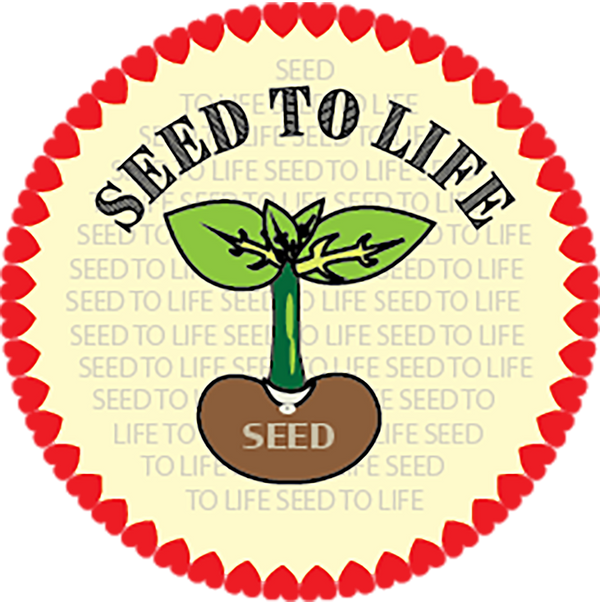Famously known as Gunja/ Rosary pea is an ancient medicinal plant, a poison, and very invasive. The botanical name of this plant is Abrus precatorius. I remember we used to call the gunja seeds rabbit’s eye because of the beautiful red color they looked like rabbit’s eyes.
Other Names of Arbus precatorius
- Rosary peas
- Gunja
- Crab’s eye
- Indian Licorice
- Jequirity bean
- Precatory bean (USA)
- Saga (Indonesia)
- Gunchi (Pakistan)
- Rati gedi (Nepal)
- Weglis (Indonesia)
Other than having medicinal uses rosary pea is also used for making jewelry and as an ornamental plant. It produces very beautiful shiny seeds. Different varieties of rosary pea produce different colors like red, green, black, white, and one with the red seeds with black eye… somewhat like black eye peas. These beans are not as big as black eye pea. They are about 6–8 mm in length.
Abrin Poisoning
Rosary pea contains a toxin called abrin that is present in the seeds. Abrin is similar to the poison ricin and is also found in the seeds of the castor beans. The chemicals in abrin, prevent protein synthesis, which means it stops our body cells from making food… the proteins that are the building blocks of our body. The seeds are protected by a hardcover so accidentally ingesting a seed may not affect a person if the seed is not digested. It will just pass out through stools. But chewing these seeds is very dangerous.
There is no antidote for abrin. Only supportive treatment is given if the poisoning occurs. In a normal situation, it is hard to get abrin poisoning accidentally. But it may be used for intentional poisoning of animals or humans. It was historically used as a poison for malicious purposes. We are not going to see how exactly. But let’s look at the symptoms of abrin poisoning.
The poisoning can occur by breathing, swallowing, or injecting abrin into a person. Symptoms of abrin poisoning depend on the mode of entry. If inhaled, abrin can cause cough, fever, tightness in the chest, and pneumonia, and finally low blood pressure and respiratory failure can occur.
Ingestion of abrin can cause vomiting, diarrhea, bloody stools, severe dehydration. A person may also get seizures, hallucinations, blood in the urine, and then failure of vital organs like kidneys, spleen, liver, etc.
If the abrin powder goes into the eyes, it can cause redness of the eye and pain. If the dose is lethal then a person can die, not immediately but in 36–72 hours.
So now you can understand why it is important to have enough information about any plant that we want to grow.
Medical Benefits of Rosary Pea/ Gunja
Are Rosary pea plants are that bad?
It depends on how you use it. They have been part of the Indian Siddha medicine since ancient times and are known to cure numerous health issues. Currently, they are used in medical research because they have the potential to kill cancer cells. Traditionally the leaves, roots, and seeds are used for medicinal purposes. They were used to prevent tetanus and rabies.
Gunja seeds are also used as a remedy for various skin conditions like pimples, sores, infections, wounds caused by animals, and leucoderma that are the white patches on the skin. The leaves of the herb are used to cure fever, cough, and cold. The decoction of roots was used to treat liver diseases like jaundice. Gunja seeds are aphrodisiac and also were used as a natural contraceptive.
Distribution
Gunja plants were present in Asia and Africa, but they are distributed widely across the world and are considered as very invasive species. Now, that I know how dangerous the seeds can be and the invasiveness of the plant, I’m going to keep it potted that too away from other plants. I don’t have any pets but my son is very curious.
Germination of Rosary Pea Gunja Seeds
Gunja plants were present in Asia and Africa, but they are distributed widely across the world and are considered as very invasive species. Now, that I know how dangerous the seeds can be and the invasiveness of the plant, I’m going to keep it potted.
Here are some Gunja seeds.


Step 1 -Soak the seeds in water overnight.

Step 2 –The healthy seeds have become lighter by absorbing water and their outer shell is opening up.

Step 3 -You can wash them gently with water and then wrap them up in a wet and clean piece of cloth. Instead of wrapping it in a cloth, I suspended the seeds in this container by placing them on the wet cloth and closed the lid. The cloth position was adjusted such that it barely touches the water. The cloth absorbed the water and kept the humidity very high inside. You can simply wrap them up with a wet cloth if you want. We just need to make sure that the seeds stay uniformly moist but not completely soaked.
Step 4 -In about 2–3 days the seeds are sprouted. I’m going to sow these germinated seeds in a growing media.

Step 5 -I’m using a seed starting mix. I placed the seeds on the growing media and gently covered them up with about ¼ inch of soil. I prefer sowing them superficially to make it easier for the tiny plants to come up. I’m going to place this cup outside. The temperature fluctuates a lot in my region throughout the day so I’m going to cover it up with a plastic zip-lock bag and secure the bag with a rubber band.

Step 6 -In just 5–7 days these cute seedlings emerged. Their leaves look very similar to tamarind leaves.

Step 7 – It has been 14 days. Seedlings are growing fast and they are quite sturdier than some other seedlings that I have. I can directly plant them in a bigger pot now.

